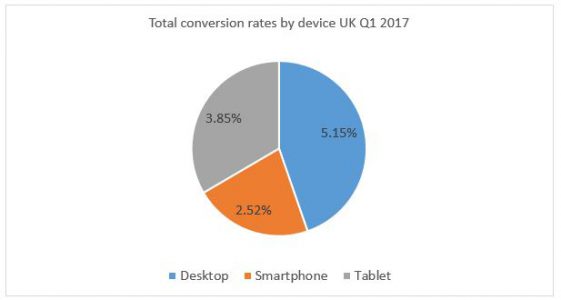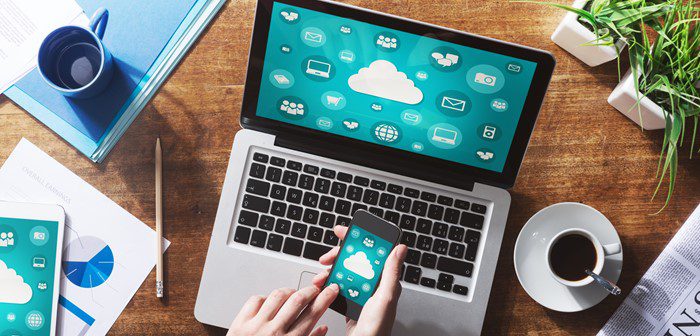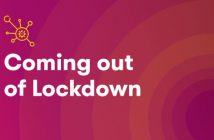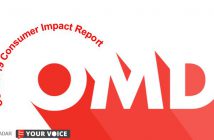Back in 2016, a key milestone in the usage battle between smartphones, tablets and desktop computers was reached when mobile and tablet web usage overtook desktop for the first time. The year before that, Google announced that searches on mobile had officially overtaken those on desktop (impacting the value of advertising clicks as a result), providing a precursor to the total spend on mobile advertising in Britain, surpassing that of PC for the first time in early 2016. This made sense as more and more people migrated their internet browsing from the PC to their mobile device, advertisers wanted to jump ship with them.
Fast forward to 2018 and the prognosis for desktop PCs is not looking much better. Whilst laptop ownership has continued to see moderate growth over the last few years, desktop PC ownership has continued its long-term decline – a trend that is consistent across markets.
It doesn’t take a genius (or much analysis) to work out the forces working against the humble desktop. As mobile connectivity options around the world proliferate, device capability continues to advance, and more websites become mobile friendly, many preferred digital activities especially VOD, email and social networking, have migrated to the smartphone or tablet.
Size matters
However, while mobile devices continue to win the battle against desktop when it comes to internet browsing and communication-based uses, older devices (for the moment) stay relevant for certain tasks. For example, when we look at devices used to book holidays, we find that just 20% of UK internet users do so via their mobile phone, although this rises to 37% for 18-24s and 35% for 25-34s. The remaining device users prefer to use either a desktop/laptop or tablet for that all important vacation booking. (Source: Emarketer 2017).
When it comes to banking, 2016 saw another loss for desktops as the use of internet banking on a computer fell for the first time as users switched to mobile banking apps. However, not all banking activities are as popular on the smaller screen, while logins on apps vs desktops might be on the rise when it comes to actual payments people are still more likely to use a computer rather than an app. Among those that pay their bills online, 15% do so via smartphone and 29% via their desktop/laptop (Source: TGi 2017 Q4).
Making the conversion
The conversion to mobile for the majority of internet activities is well underway, but when it comes to converting this into actual purchases, mobile still has a long way to go. It is worth remembering that conversion rate differs depending on the device used.
This is where desktops come out on top as we see that typically, mobile commerce conversion rates are around half of those on desktop:

(Source: Monetate Ecommerce Quarterly)
So although mobile is used more often than desktop, conversion rates are still lower. Brands need to ensure that people on screens of all sizes have a quality user experience so they are more likely to convert. It’s important to keep in mind that while mobile is the modern day device of choice for numerous activities, laptops remain a key player in the path to purchase.



